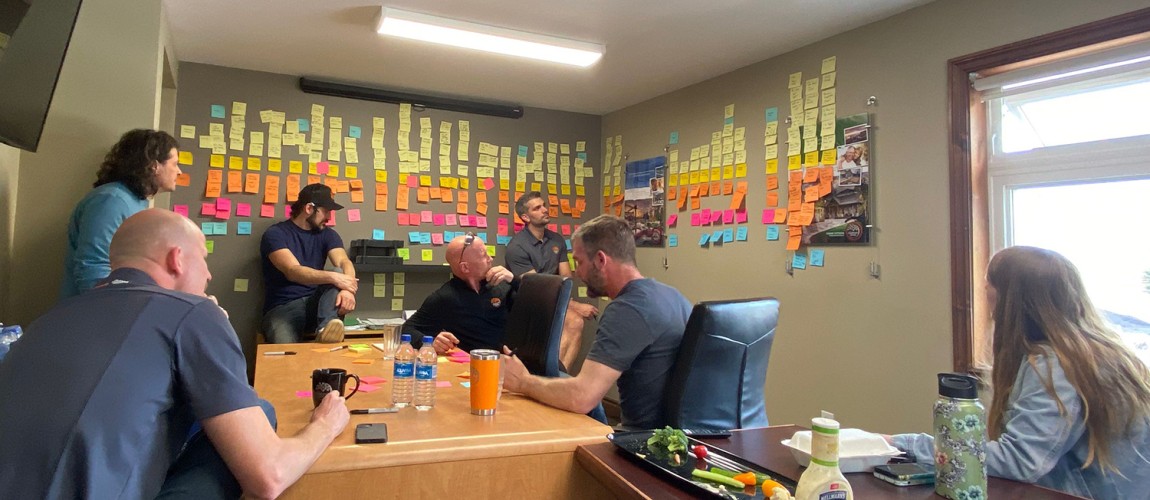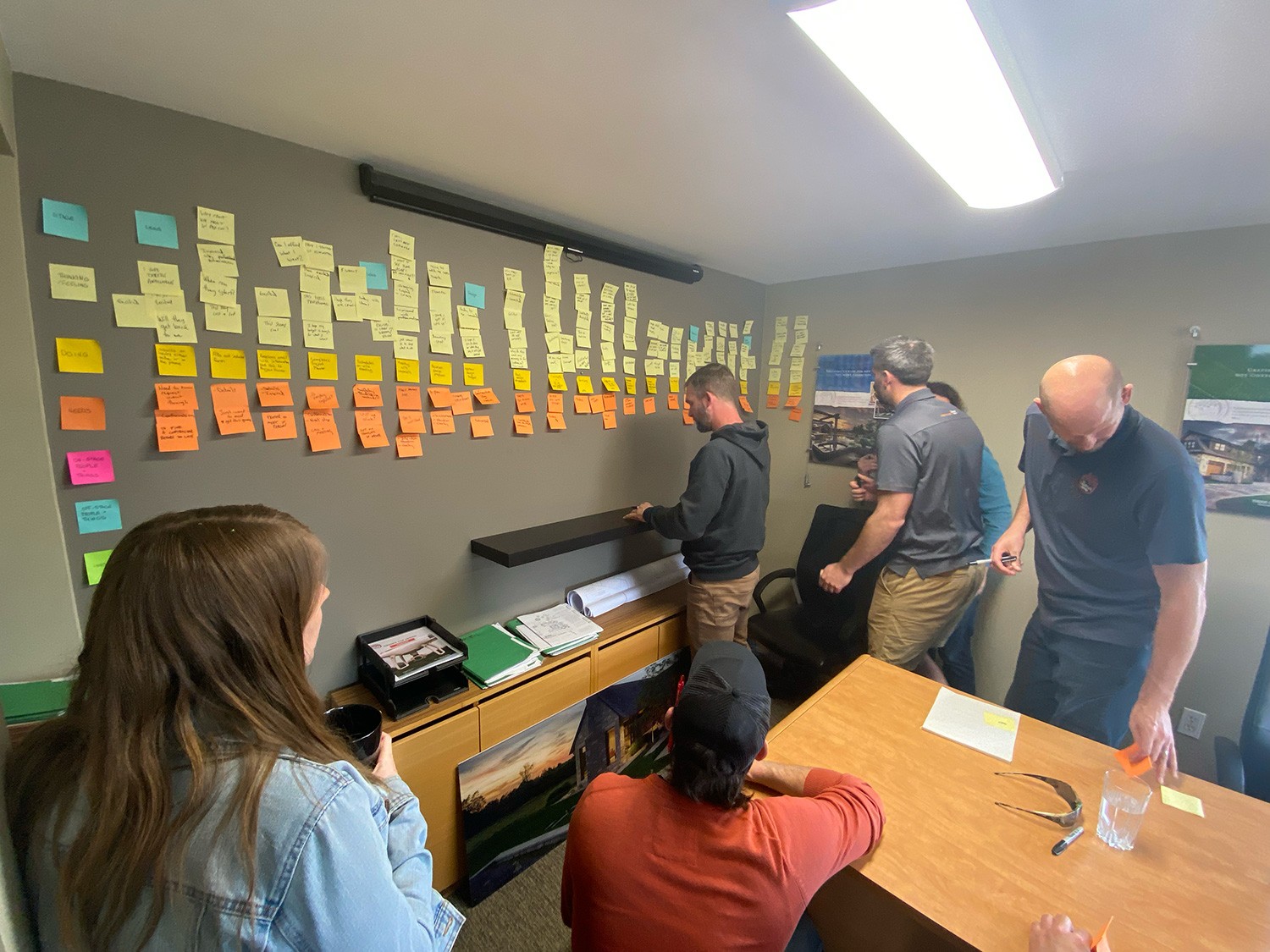Industry Insights
How to Differentiate Your Brand Through Customer Experience Design

A great product or service isn’t enough to win your customer’s heart. A delightful client experience is.
You’ve spent years developing an outstanding product or service offering for your company. What if I told you that this isn’t enough?
According to Salesforce, 80% of people consider their experience with a brand to be just as important as the product itself.
I know this rings true for me. For example, I LOVE coffee. Some may even consider me a coffee snob. Regardless of whether or not I hold that title, I am a regular at many local Hamilton coffee shops.
Friends recommended I try this one coffee shop, but my first visit there left a bad taste in my mouth. Don’t get me wrong… the coffee was terrific! But the barista made me feel dumb for asking questions about some of their more adventurous lattes (I mean, tahini in a latte?! Who wouldn’t have questions?).
She also dismissed me when I asked about their coffee beans, as if they were only meant for ‘dedicated’ or ‘true’ coffee drinkers. She didn’t see me as one of them, and she made that perfectly clear. Suffice it to say, I haven’t been back. Not necessarily at the boycott level, but with so many great coffee shops in the area — with a much better customer experience — why would I return?
Now it’s your turn. Stop for a moment and think about a really great experience you recently had with a company. Now, think about a terrible experience. In both those experiences, was it the product or service that stood out to you, or how it made you feel? You’re probably thinking about how you felt… and therein lies the importance of customer experience (CX).
Three factors influence every purchase — our practical or physical needs, our emotional needs, and our beliefs. While we separate beliefs as an influence (especially when creating key messaging around your brand) for the sake of this conversation around customer experience, beliefs will fall under emotional needs. Because physical needs are most obvious, we often think they drive our decisions: the need for food, shelter, or something as basic as a handbag. In reality, we make most of our purchase decisions based on emotions. Marketing and CX professionals generally accept that emotions influence anywhere from 70% to 90% of purchasing decisions. This means that most consumer choices are guided by emotional factors such as desire, aspiration, fear, happiness, or a sense of belonging.
Let’s go back to the designer handbag as an example. A bag serves a practical need, allowing you to have essential items close to you or carrying something on your shoulder so you can be hands-free. A plain cotton tote would meet those needs. When we start considering emotional needs, like wanting to seem fashion-forward to our peers or feeling confident in what we wear, a cotton tote no longer meets our needs, but a designer shoulder bag would.
When we look at women in our lives, do we see them carrying cotton totes, or do we see them carrying designer bags? It doesn’t matter if the quality of the cotton tote is high or the price is really low. If the bag doesn’t meet their emotional needs… it doesn’t sell.
Disney, Starbucks, and Apple are considered some of the world’s most loveable brands. What makes them so loveable? For them, it’s not just a matter of making a great product or empowering their customer service staff (although those things matter, too!). These brands have invested heavily in designing experiences that delight their customers.

Good customer experience doesn’t happen by accident. It’s by design.
There are many ways to design exceptional customer experiences. At Compass, we help our clients through research insights and journey-mapping workshops.
In our workshops, we lead customer-facing team members as they map out the company’s entire process from the customer's perspective. More importantly, we focus on thoughts, feelings, needs, and other people in that experience. Remember, our emotional needs are key when considering the customer experience. From there, we find “key moments of truth” for the customer that heavily impact their experience and perception of your brand.
These moments can make or break a relationship. For our landscaping clients, this may be the moment a client sees their landscape design for the first time. Once our moments of truth are identified, we brainstorm solutions to make their experience with your brand an unforgettable and amazing one. We then test our assumptions from the workshop through a survey sent to your current and past clients. It’s a thorough process… and your customers and business are better for it.

Management
While client experience mapping and surveys are fun, implementing recommendations to improve the customer experience requires resources — time, energy, and often a financial investment. Beyond that, it requires ongoing reporting to ensure the changes you’re making move the needle and genuinely improve the customer experience.
Customer Experience Design is an emerging discipline that is essential if you want to grow your business in this competitive world — and the Compass team is ready and able to help. Whether you’re just getting started or want to design a great customer experience for your business, our team of professionals is available.
Book a consultation, and let’s chat about customer experience for your small business.

Written by Sarah Farquharson
August 21, 2023